

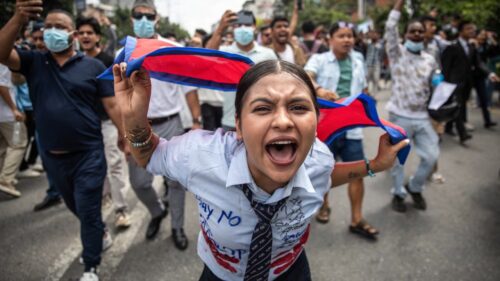
Figure 1: Street Protest in Nepal. Source: CBC
Nepal’s recent Gen Z protest has highlighted the importance of how poor governance can lead to a complete collapse. Years of economic and social instability since the civil war have built up the frustrations of people here. The tipping point came when they announced a nationwide social media ban, which, combined with recent criticisms of the ‘nepo kids,’ ignited anger, and a series of protests finally brought down the government. The country’s future remains uncertain, with the first-ever female prime minister seeking to reshape the nation following recent turmoil. This essay will discuss the historical roots and various problems that led to the overthrow of the government, highlighting the power of Gen Z, and consider what comes next for the country.
When analysing the factors that led to such deadly and consequential riots, we must consider both the indirect contributing factors alongside the direct trigger event. In doing so, we can gain a well-rounded understanding of exactly what caused such an eruption of anger across the country, especially amongst the young Gen Z population, growing to a force strong enough to topple the Nepalese government.
A brief examination of Nepal’s recent history reveals the underlying issues that have plagued its population. Following a decade-long civil war, the Republic of Nepal was established in 2008, promising a new era of stability and prosperity. However, what followed was 14 different iterations of government, with no leader completing a full five-year term. During this time, corruption was widespread, and Nepal’s GDP per capita consistently fell below $ 1,500, ranking it ahead of only Afghanistan in South Asia. With the unemployment rate for youth aged 15-24 at 20.8%, while 33.1% of the country’s GDP came from personal remittances sent by Nepalese expatriates, a persisting generational frustration exists amongst the population due to poor economic opportunities, creating a tense climate that can ignite with just a spark.
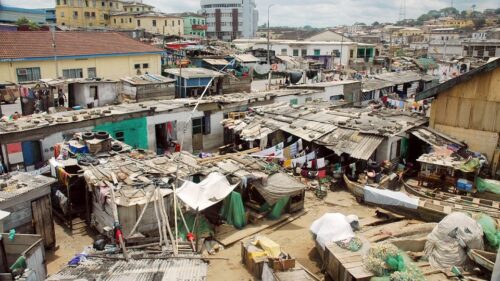
Figure 2: Nepal’s multidimensional poverty. Source: Republica
Such a spark occurred on September 4th, when the Nepalese government enforced a massive nationwide social media ban on 26 platforms (including WhatsApp, Facebook, WeChat, YouTube, Instagram, and LinkedIn), citing a failure by tech companies to comply with new registration requirements. The ban caused a massive uproar regarding press freedom, free speech, and particularly on how people would continue to communicate with their foreign-based relatives. When coupled with the recent mass fury brewing online against “nepo kids” (the children of powerful politicians) for flaunting their wealth and thereby highlighting the disparities between the elite and the general population, the public reached a tipping point. For the following days of violence and chaos, such a social media ban proved to be the decisive catalyst.
The Nepal Revolution is set to leave a lasting structural and political mark on the country’s history. However, the social media ban was not the only thing that led to the riots. For years, Nepal’s economy had been slowing down due to the global and domestic policies. Being a smaller country, it depends on support from central international governments and organisations, which ultimately limits its independence in terms of resources. At the same time, in pursuit of infrastructural projects, the country risks being drawn into broader rivalries, such as between China’s Belt and Road Initiative and the US’s Millennium Challenge Corporation grant. The government also faced mounting debt and worsening unemployment, which fueled public anger. The social media ban and corruption allegations were the final breaking point.
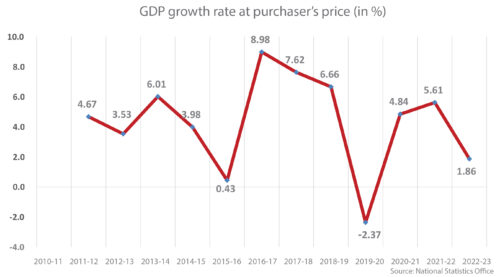
Figure 3: Nepal’s GDP growth rate. Source: The Kathmandu Post
A crippled capital and growing condemnation also forced Prime Minister Oli to step down, causing further political turmoil and prompting some lawmakers to flee the country due to backlash. In contrast, others made deals with the military and protest leaders. The entire collapse exposed the fragility of Nepal’s democracy and led to one of the quickest regime shifts in recent times. Tourism collapsed, businesses lost millions of dollars and shut down for weeks, and foreign investors lost confidence, all of which further weakened Nepal’s stability. The country is now on a path to recovery, aiming to fight corruption, create jobs and raise living standards, as stated by Nepal’s interim Prime Minister Sushila Karki in her first public comments.
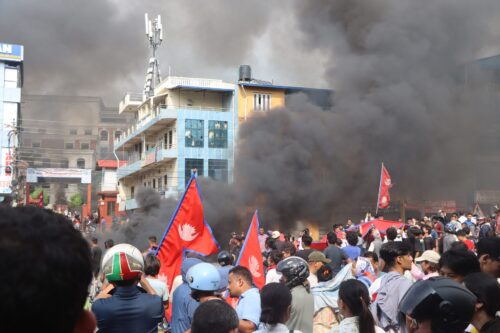
Figure 4: 2025 Nepalese Gen Z protesters in front of the Municipal Executive office. Source: The Diplomat
Gen Z wasn’t just ‘present’ in these protests, they were the architects. Born into a post-Civil War era where corruption was the norm and jobs were scarce, they grew up with smartphones in their hands, yet futures out of reach. Unlike previous generations, Gen Z has utilised memes, livestreams, and encrypted chats as political tools. Their frustration at the privileged class showing off their wealth on Instagram turned into mass online mobilisation. And just like that, a blanket ban on social media from these privileged politicians has ignited the flame, where digital natives translated hashtags into headcounts on the streets. Such a phenomenon is unique, making the protests less like old, union-style strikes and more like a youth-driven, viral, and lively movement that the ageing political class simply could not contain.
One of the most radical tactics that shocked the world was the use of Discord servers to organise. When mainstream social media platforms were banned, thousands of Nepalese youth flocked to gaming servers and transformed them into digital parliaments. Protest leaders set up anonymous polls, and members voted in real time on strike actions, protest routes, and even negotiation tactics. It was this form of ‘liquid democracy’ in action – messy, chaotic, but effective. The government expected silence after the social media blackout, but instead, it created a more decentralised, harder-to-control network. This collective decision-making gave the protest legitimacy: not just one leader calling the shots, but thousands of Gen Z voices together, shaping strategies and making moves.
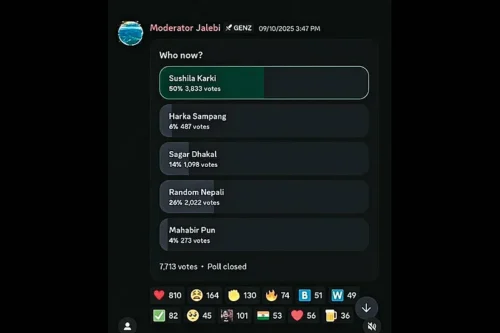
Figure 5: Sushila Karki winning the ‘Discord Election’ amidst chaos. Source: Outlook India
After the collapse of the Oli Government, the country entered uncharted territory with Sushila Karki stepping up to become Nepal’s first female Prime Minister. Her rise is a rupture and a renewal. Rupture marked a break from the male-dominated, dynastic politics that had shaped society into confined classes; renewal, as she framed her mandate around anti-corruption, youth employment, and restoring international confidence in Nepal. However, it is worth noting that her leadership is precarious: while Gen Z initially celebrated her as a fresh face and voice, their loyalty isn’t conditional. If her government fails to deliver tangible outcomes and reforms, then the same online communities that tore down Oli could just as easily turn their backs against her.
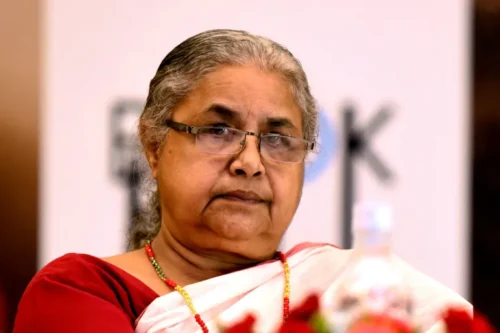
Figure 6: Nepal’s first female Prime Minister, Sushila Karki. Source: Al Jazeera
The uprising of Gen Z wasn’t a sudden event but an accumulated frustration of bad governance, economic downfall and corruption. The social media ban didn’t create these problems, but they are the turning point that brought everything into light. With the country now led by the first female prime minister, there is a need for reform of the current economy, or the problem will persist and set the stage for the next crisis.
The CAINZ Digest is published by CAINZ, a student society affiliated with the Faculty of Business at the University of Melbourne. Opinions published are not necessarily those of the publishers, printers or editors. CAINZ and the University of Melbourne do not accept any responsibility for the accuracy of information contained in the publication.